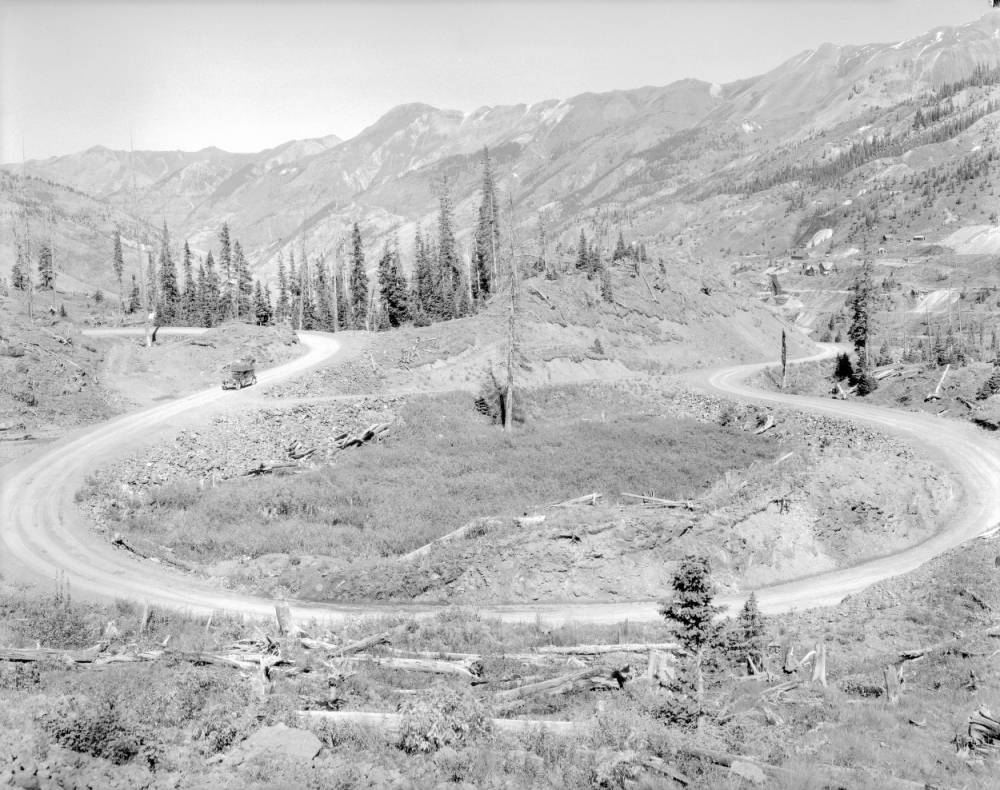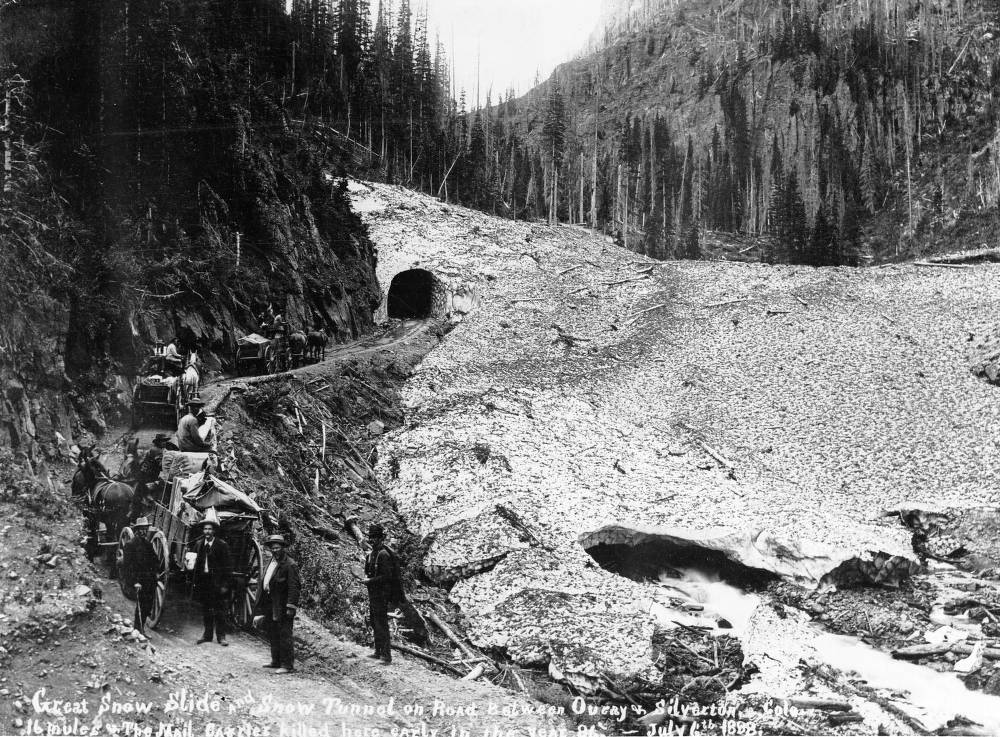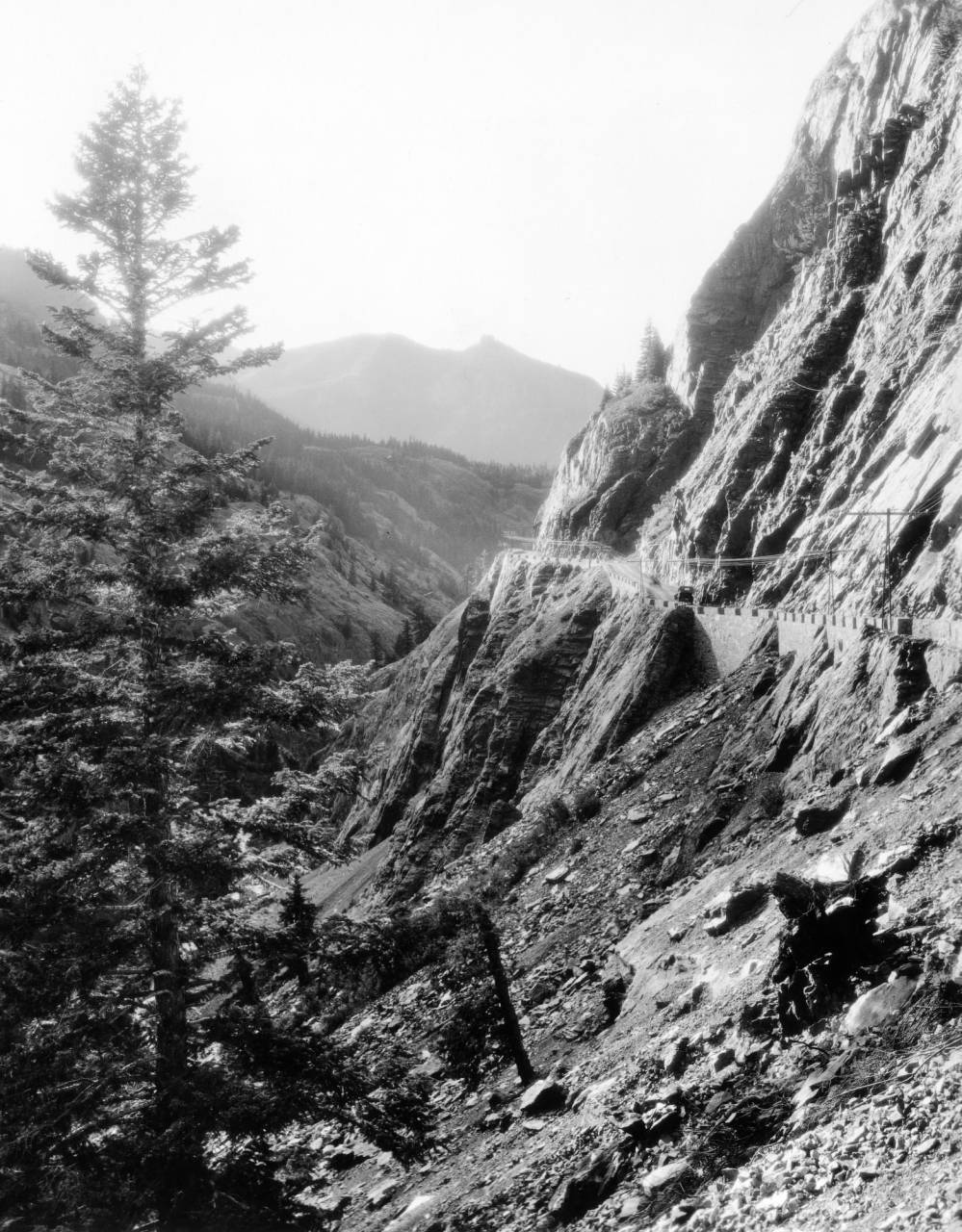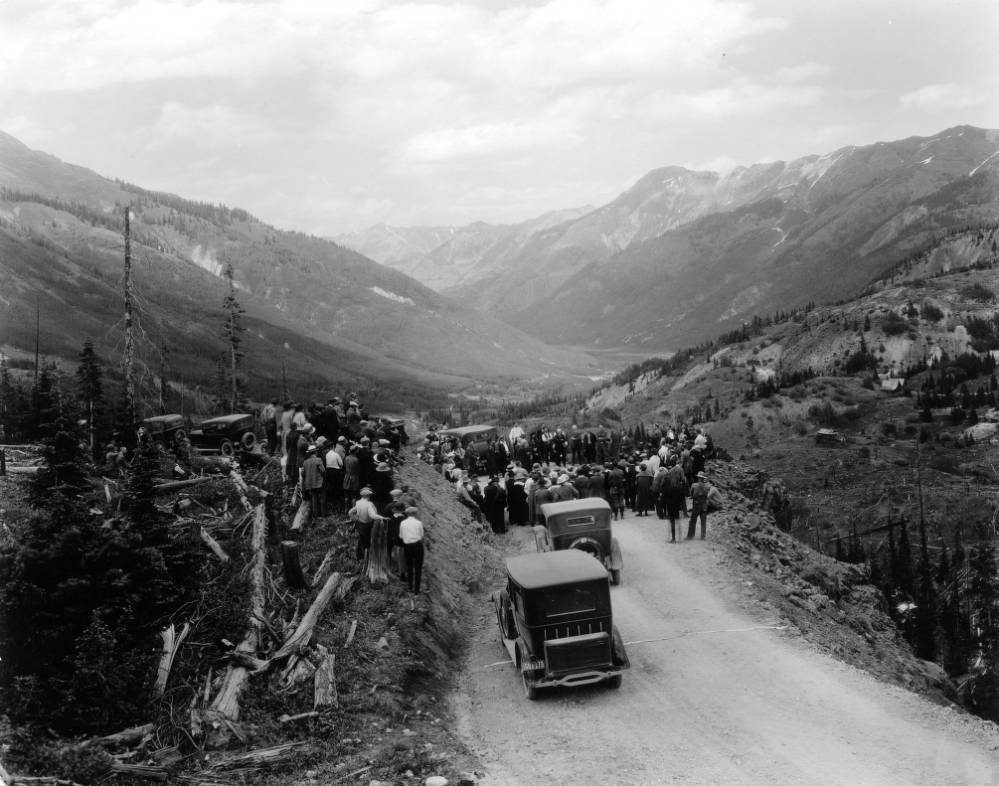U.S. Highway 550 snakes its way through Red Mountain Pass in southwest Colorado, offering some of the most breathtaking views in the state. Nicknamed “The Million Dollar Highway,” it’s one of Colorado’s most dangerous passes with an interesting story to tell.
The highway, which begins in Montrose, leads travelers south through four counties in Colorado. But the 20-mile section known as the Million Dollar Highway starts outside Ouray and traverses down Red Mountain Pass, ending in Silverton. Guard rails are absent in some areas as the road is too narrow to install them.

The highway, while stunning, can be dangerous if drivers are not paying attention and following the highway’s slower speed limits, especially in the winter season. The Million Dollar Highway intersects 70 avalanche chutes and keeping the road clear from snowslides takes a myriad of structures and a dedicated staff of Colorado Department of Transportation employees.
But in 1883, those modern-day structures and snowplow drivers were not available to assist travelers through the winding road when it first opened to horse and mule-drawn wagons. Partially funded and built by railroad tycoon Otto Mears, the road was a crucial connection between Ouray and Silverton and provided access to ore mines operating in the area.

Back in those days, tunnels were constructed right through the snow, and travelers were charged a passage fee, making it one of the state’s first toll roads. Today, there are no tolls collected and snow sheds are used to keep the heaviest of the snow off the road. But Mother Nature sometimes has different plans.
In March of 2019, U.S. Highway 550 over Red Mountain Pass was closed for three months after the pass was pummeled by at least 21 avalanches. Some of the concrete snow sheds were buried under 60 feet of snow. It reopened in June after crews spent months digging out a path.

But despite some of the worst that winter can throw at it, the paved highway continues to serve as the only direct route between Ouray and Silverton. But the road wasn’t always the heavily-traveled two-lane paved highway it is today.
The state took over the road at the request of area counties around 1920, according to CDOT. They said the first documented asphalt paving was in the 1950s, and the road was paved in stretches over the next several years.

How did it get its nickname as the Million Dollar Highway? CDOT isn’t really sure about this, but it does offer some of the widely believed tales as to how it got that moniker. In a fact sheet on the highway, it states the following:
“The popular nickname is a curiosity that is disputed by many. Some say that in the early 1900s, when the wagon road was improved, the gravel used for the improvements contained precious ore -- a million dollars’ worth. Can you imagine?! Others say the road cost an astonishing $1 million per mile to build. Still others claim that it is the spectacular scenery along the highway that offers “million-dollar views.” The bottom line – no one is quite sure, but it’s engaging to speculate.”


